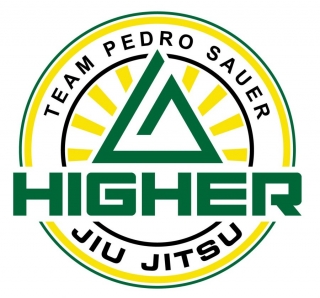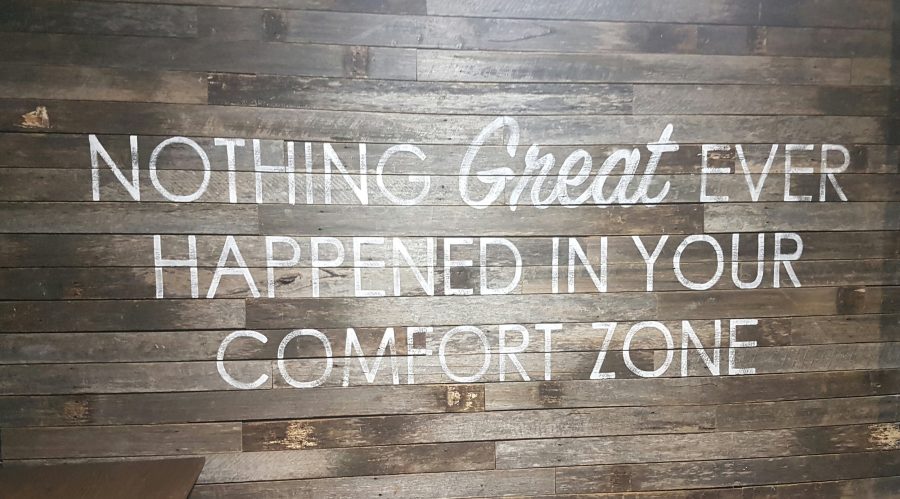How to Listen your Way to Comfort
Sweating, and hurting, and groaning, and moaning. The pain is fuelled by desire. You want to improve, and get better. You work to your limits. You push yourself. You fight hard.
This may be considered hard training. To others, it’s beast mode.
Both in driving, and in all things:
There are times to put the pedal to the metal. Sometimes you need to slow down. And sometimes you need to come to a complete stop, as you sit, and wait for traffic to pass.
Wikipedia defines progressive overload as “the gradual increase of stress placed upon the body.” And if progressive overload was like a speedometer, you have the ability to red-line the engine. But you’d also better expect the engine to fall apart very quickly.
Instead, the gears shift and we go back to efficiently controlling the intensity of RPM. This way allows you to keep driving, and moving forward, from A to B to Z, just a little less hard. If this confuses you, the easy option is to stick with auto. No need to think, or feel, or listen to anything other than what is in front of you.
If you want efficient jiu jitsu, you’ll need to learn manual. In this big, bad world, lots of things can go wrong. There’s lots we cannot control. The one thing you can control is yourself. But you need to learn how.
This is a process. Here’s one part:
Treat ever repetition as though it is a different story.
Magical things can happen when each rep is an exploration as distinct from a chore. With more reps, there is more feedback, and hence the easier things get, and the less effort that’s required.
When you are able to support yourself better, your jiu jitsu gets better. When you improve the connection of your feet with the ground, the same opponent feels lighter. When you are in control of your own breathing, you can determine the path of least resistance.
“To learn we need time, attention, and discrimination; to discriminate we must sense. This means that in order to learn we must sharpen our powers of sensing, and if we try to do things by sheer force we shall achieve precisely the opposite of what we need.”
Ultimately, when you’re in a position to ask questions, and ponder outcomes, you can be sure you are learning how to do jiu jitsu better.
Did you shift toward the left or the right? Where did your weight travel along your feet? Where are your hips compared to your head? These questions are subtle, and they’re worth asking, but only when you are curious to improve the quality.
If training is all about intensity, you may suffer, you may survive. But you won’t be learning. When you don’t red line, you can experiment with different ways of doing things. This is how you learn. This is how growth happens. Only this time it’s the longer, more sustainable kind.
It ends up being the only kind.



